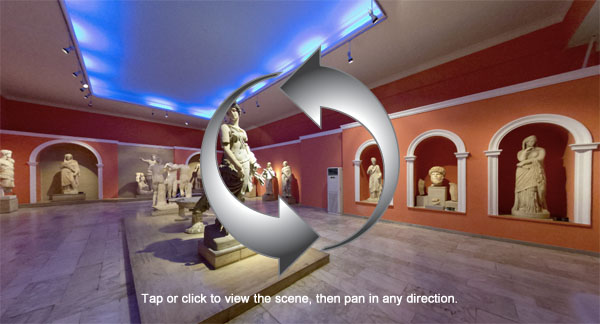
Tap or click on the image to view the panoramic scene. Then pan in any direction.
Wikipedia and Turkey Travel Planner.
Locking in the Homeowner
At the government level, the Fed policy also has created a double lock-in. By buying so much of the debt of the government at very low interest rates, the Fed has enabled Congress and the administration to spend more than they otherwise could if they had to pay the full, real-market interest rate on the government debt. At the moment, the U.S. government is paying only about $225 billion a year on its $16 trillion debt. If it had to pay normal interest rates of, say, 6 percent rather than 2 percent, its interest payments would be something in the order of $800 billion, or roughly a half-trillion dollars a year more. Most of this additional interest payment would have to come out of spending, because to try to borrow this additional amount would result in an interest-rate spiral concluding in the inability to sell any debt. If Congress tried to increase taxes to cover the additional debt payments, the tax increase would need to be so large as to put the economy in a deep recession, or worse, resulting in a great fall in revenue.
The Fed acknowledges the impossibility of buying more and more government debt forever at almost zero interest. Thus, it has said at some point — when growth is higher and unemployment is lower — it will raise interest rates. Its current policies are keeping growth stagnant, however, because the Fed is, in effect, misallocating capital by subsidizing the government, the big banks and some big companies with artificially low interest rates, while starving the job-creating, midsize and highly entrepreneurial companies of needed funds. The Fed and the Obama administration are now locked in a fiscal death dance.
A Day in the Life of a Freelance Journalist—2013
I am a professional journalist who has made my living by writing for 25 years and am not in the habit of giving my services for free to for profit media outlets so they can make money by using my work and efforts by removing my ability to pay my bills and feed my children. I know several people who write for the Atlantic who of course get paid. I appreciate your interest, but, while I respect the Atlantic, and have several friends who write for it, I have bills to pay and cannot expect to do so by giving my work away for free to a for profit company so they can make money off of my efforts. 1200 words by the end of the week would be fine, and I can assure you it would be well received, but not for free. Frankly, I will refrain from being insulted and am perplexed how one can expect to try to retain quality professional services without compensating for them. Let me know if you have perhaps mispoken.
Aspendos Panoramas
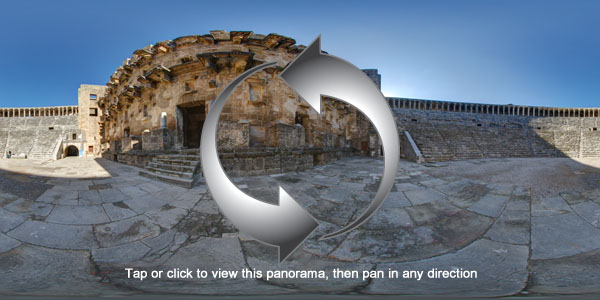
Tap or click on the image to view the panoramic scene. Then pan in any direction.
Wikipedia and Turkey Travel Planner (Tom Brosnahan).
It was a beautiful day during our recent visit to Aspendos, just east of Antalya, Turkey.
A few more Aspendos panoramas: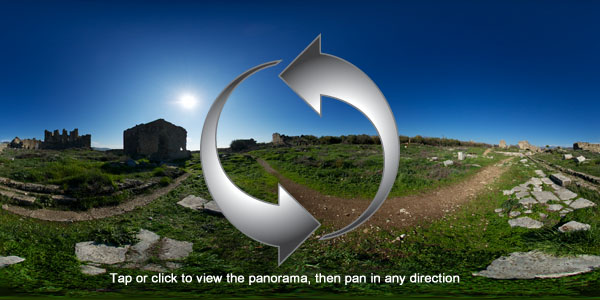
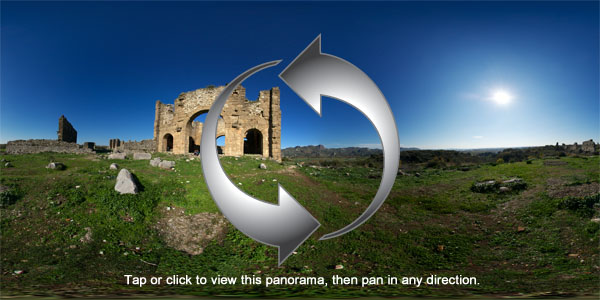
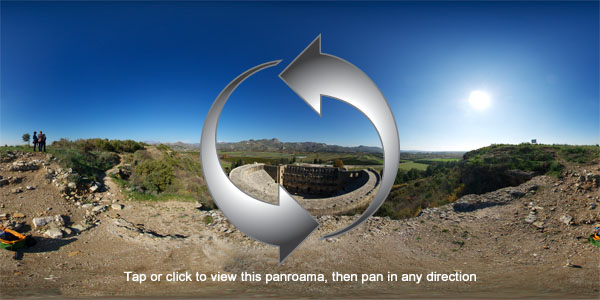
Lost in Venice after Sunset
Venice is always beautiful. At sunset, though, the Grand Canal is dressed in a mesmerizing color palette. We arrived on the Academia Bridge just in time to be able to capture the canal bathed in the beautiful sunset golden light.
The Rise of the Artist
Education and parenting should aim to provide the conventional skills (math, problem solving, and test taking skills) while also encouraging creative, out-of-the-box type thinking. Computers are no match for the average fourth-grader when it comes to creativity.
2
Instead of making a resolution to learn how to code in 2013, you might make a resolution to learn how to draw. After a few months of lessons you might begin to observe the world differently seeing details, light and shadows, shapes, proportions, perspective and negative space.3
Instead of encouraging your child to major in engineering, you might encourage her to study philosophy, ask smart unsettling questions and practice making unusual and unexpected mental associations.
The Annotated Wisdom of Louis CK
I did a show in New Jersey in the auditorium of a technical high school … Technical high school, that’s where dreams are narrowed down. We tell our children, “You can do anything you want.” Their whole lives. “You can do anything!” But this place, we take kids – they’re 15, they’re young – and we tell them, “You can do eight things. We got it down to eight for you.” [Louis C.K.: Hilarious, 2011]
The earliest stand-up comedy I was aware of was Bill Cosby … I watched Saturday Night Live as soon as I was aware of it, and Monty Python used to be on PBS at weird hours, so I used to try to watch that. And I loved George Carlin on SNL, that was the first stand-up I ever really remember seeing on TV. And then Steve Martin. I guess I was in fifth or sixth grade when Steve Martin showed up, and he was instantly my idol. And Richard Pryor around the same time too, I sort of became aware of him, though I don’t remember the first time I saw him. [AST, 2006]
Jobs
The last jobs i had were fixing cars and covering football games for a local access TV station. as in driving the mobile van to the field, setting up 3 cameras, teaching depressed grownups and interns how to use them and directing the game from the van and then wanting to kill myself. [Reddit, 2011]
Fujitsu makes ‘smart walking stick’ to help elderly
BBC:
A walking stick with built-in sat-nav has been developed by Japanese technology giant Fujitsu.
The Next Generation Cane is designed to help elderly people find their way, as well as monitor things such as heart rate and temperature.
Its location can also be followed online – and can be set up to send email alerts if it thinks the user may have fallen over.
Technology for the elderly is a key concern for Japan’s ageing population.
Pamukkale Panorama
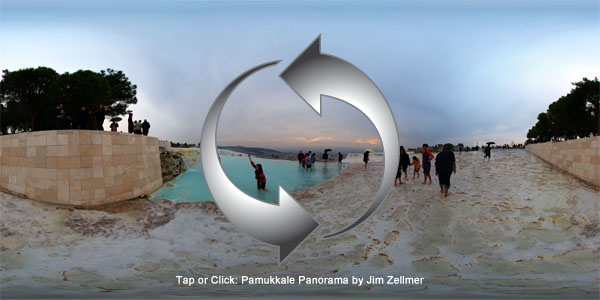
Tap or click on the image to view the panoramic scene. Then pan in any direction.
Wikipedia and Turkey Travel Planner.
Pamukkale was a beautiful and relaxing stop on our recent trip through southwest and central Turkey along with Istanbul.
Recipe for a perfect photo: clear sky, sunset and water
In 1861, the photographer Carleton E. Watkins hauled hundreds of pounds of camera equipment, sheets of glass and chemicals into Yosemite Valley in a darkroom wagon. For the first time, Mr. Watkins captured photographic images of these granite cliffs and waterfalls.
After seeing Mr. Watkins’s photographs, President Abraham Lincoln signed legislation in 1864 preserving the valley for the public and leading the way toward what would become the National Park Service.
In a strange coincidence, the molten effect of the sun on Horsetail Fall resembles another famous and highly photographed firefall here, one involving actual fire. Beginning around 1900, park workers collected Red Fir bark and built a large bonfire atop Glacier Point. After dark they pushed the red embers off the cliff in a cascade of glowing red coals, a must-see spectacle for the summer tourist set.
But in 1968, park officials ended the Yosemite Firefall, citing its man-made unnaturalness (the park banned feeding bears for the same reason). Five years later, the photographer and mountain climber Galen Rowell was driving through the park after a winter climb when he spotted the light catching in Horsetail Fall. He rushed across the valley and took what is believed to be the first image of the illuminated waterfall.
Mr. Rowell died in a plane crash in 2002, but his “Last Light on Horsetail Fall” remains the most well-known photograph of the apparition.
